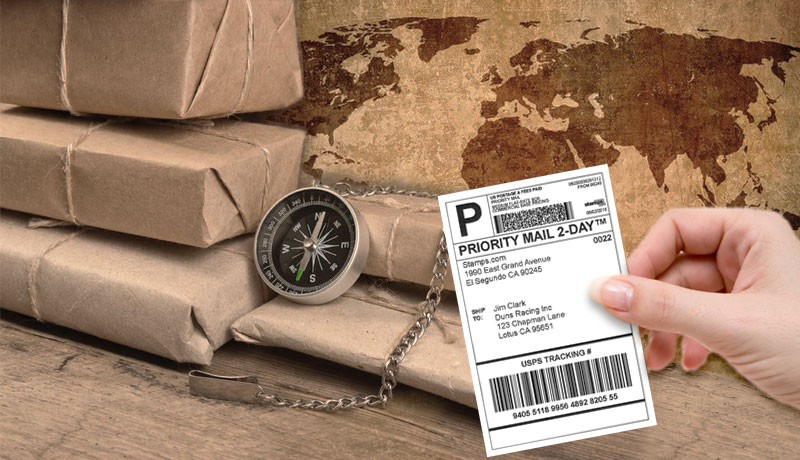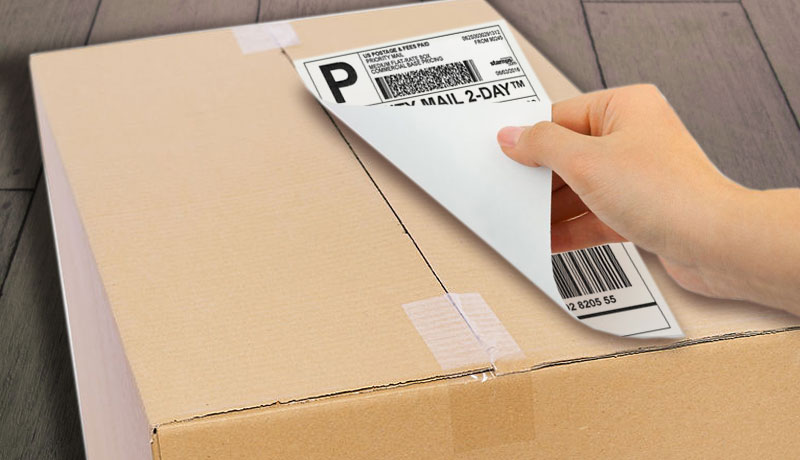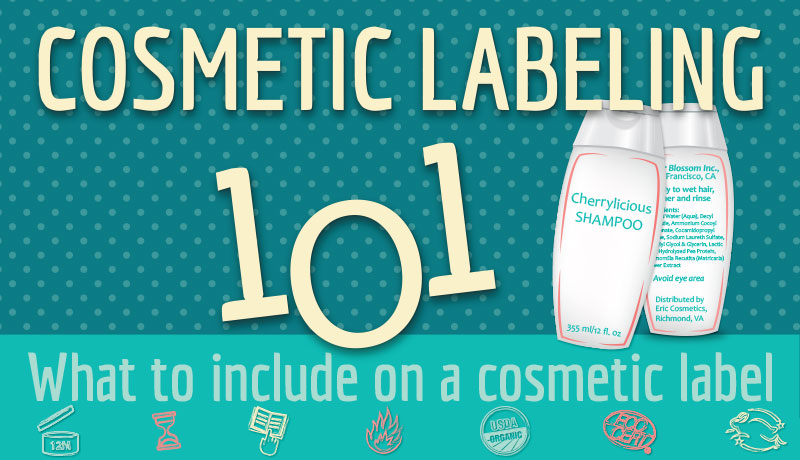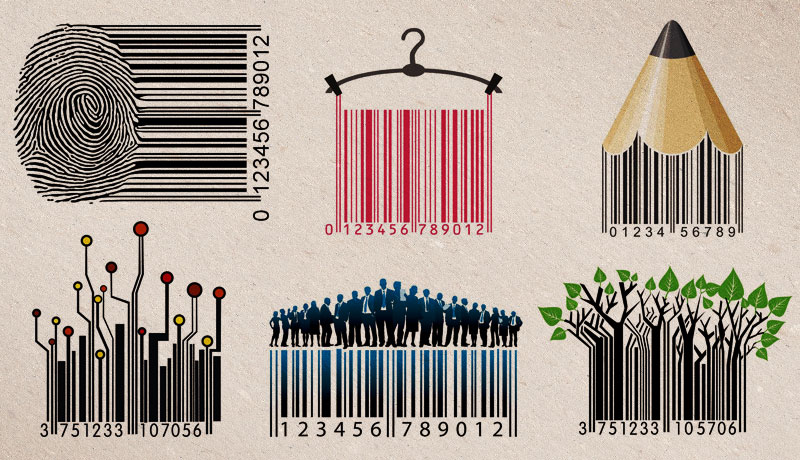Nowadays, e-commerce is a huge part of the business world. This well known term among the entrepreneurs refers to buying and selling goods and services through the Internet. Many business owners embrace this kind of selling goods because it brings various benefits.
Through online stores producers can reach out to the wider audience, expand their market and at the same time avoid additional expenses by opening numerous physical stores. Consumers can search and buy products at any time from anywhere, so the opportunities for earnings are bigger than the ones in conventional stores. Furthermore, running an online store allows producers to get familiar with customers’ preferences and at the same time develop a deeper relationship with them.
One of the most important aspects of e-commerce is shipping. Your product may be the best on the market, but if it is not delivered to the customer in short time and properly, they won’t be satisfied. This kind of a bad user experience can be fatal for your business. That’s why every manufacturer needs to plan out good shipping strategy.
Setting up your shipping strategy
When it comes to making a good strategy for shipping your products, there are several things you need to think through:
1. Choosing the proper way to pack your products
Choosing the right shipping packaging can save your product during transportation, but can also save you from wasting money on the package you actually don’t need.
The material, dimensions, and shape of a shipping package should be adjusted to the nature of the goods that you are selling. If you are selling a fragile items you should consider the use of different protective packaging material (e.g. bubble wrap, loose fill peanuts) or additional box inside the shipping package.
Finding the optimal size and weight of a shipping box or tube for your product will save your budget from unnecessarily high shipping costs.

2. Choosing shipping rate options for your customers
Among many options for charging shipping rates, three are most commonly used. You can offer free shipping, flat-rate shipping, or calculate the variable shipping rate depending on the item that customer purchased.
Free shipping is very popular among customers because the seller bears all the shipping costs. If you choose this strategy, you can pay all the costs or you can increase the price of the product to cover all the shipping fees.
Flat-rate shipping is the right option if you have products that are nearly the same size and weight. Then it’s good to consider charging the same shipping fee for every product.
3. Choosing your shipping method
Many courier companies can help you out with delivering your product to the customer’s door. They are offering various types of shipping, packaging material and have different prices for shipping services.
Most of the sellers cooperate with USPS, FedEx, UPS, DHL and more. Which one will you choose depends on the type of your product. Also, it’s not the rare case that producers use services of different courier companies for different types of products.
After you set up your shipping strategy, you should pick the right shipping labels. Shipping labels make your business look more professional and ease your shipping process.
What Should a Shipping Label Include?
The shipping label is like an ID card of the package. It contains key information for couriers so they can deliver the shipment at the right address and to the right person. Thus, the information on the shipping label needs to be presented in a clear way.

Different courier companies have different labeling requirements. However, there are parts of the shipping label common for the majority of the courier companies:
- The name and the address of the sender
- The name and the address of the receiver (customer)
- The weight of the package
- The Postal code (ZIP Code)
- The level of service (time and type of shipping service)
Besides this basic information, labels can include various additional data and come in many styles and colors. So, if you want to add a personal touch to the product’s packaging, you can make custom shipping labels.
Nevertheless, it is important to mention that custom shipping labels need to be compatible with labeling requirements of the chosen courier. Those requirements apply not only to the label information but also to the size of the shipping label.
Different couriers demand different dimensions of the shipping labels depending on the package size. Still, some of the common sizes of shipping labels are 4×4 inches, 4×6 inches, and 6×3 inches.
Although, the look of the shipping label is crucial for shipping, placing the label properly on the package can significantly improve the process of delivering product to the customer.
Where to Put Shipping Label on a Package

To make sure that your product will be properly stored and delivered, you should follow several tips for labeling shipping package in the right way:
- Shipping label shouldn’t cover any seams or edges, and shouldn’t be wrapped around any corners of the box.
- It is recommendable to place the shipping label on the top surface of the box. That way the information on the label will be more visible to the couriers.
- Old shipping labels can’t be reused. For every new shipment, you need a new shipping label.
- If the shipping box is reused, all the old labels should be removed.
- It is good to add a spare shipping label inside the shipping box if the one on the box gets damaged or lost.
At first glance, dealing with shipping labels may seem like a small detail of e-commerce business. But, if it’s done properly it can have a huge positive impact on the growth of your business.

















